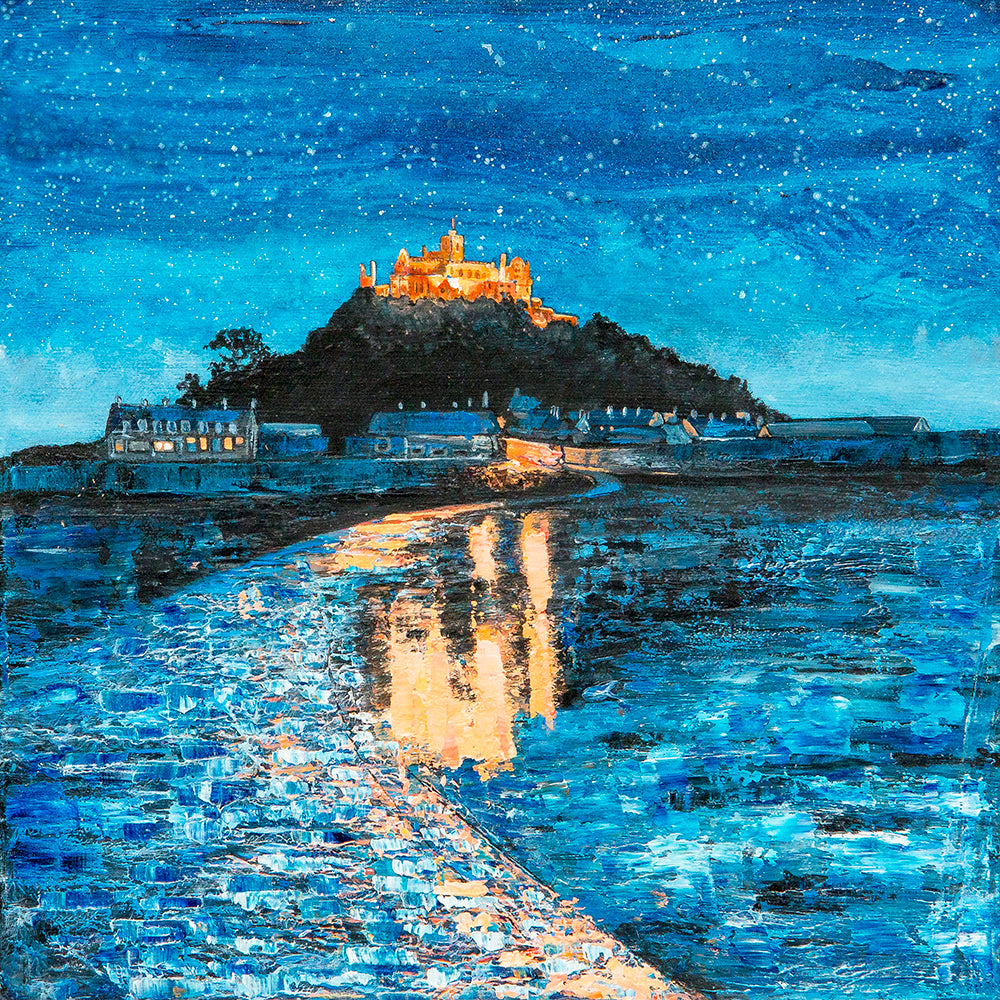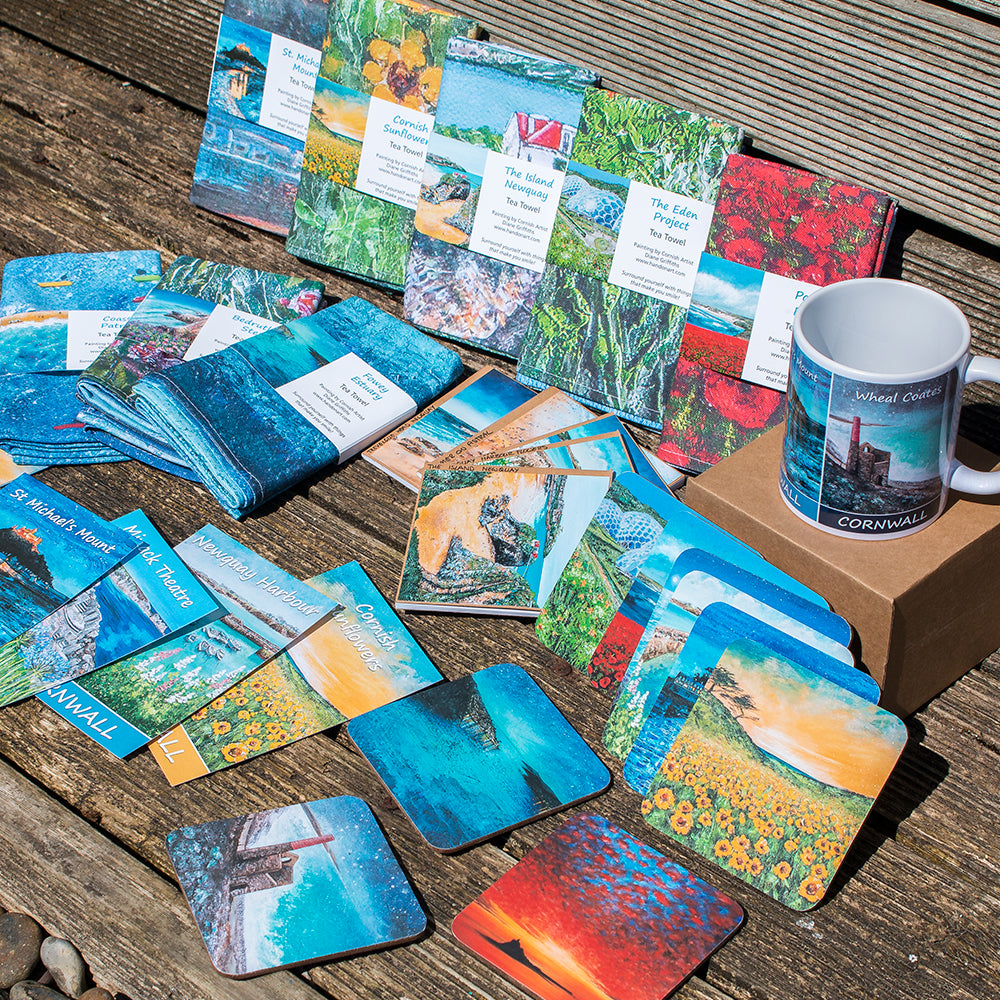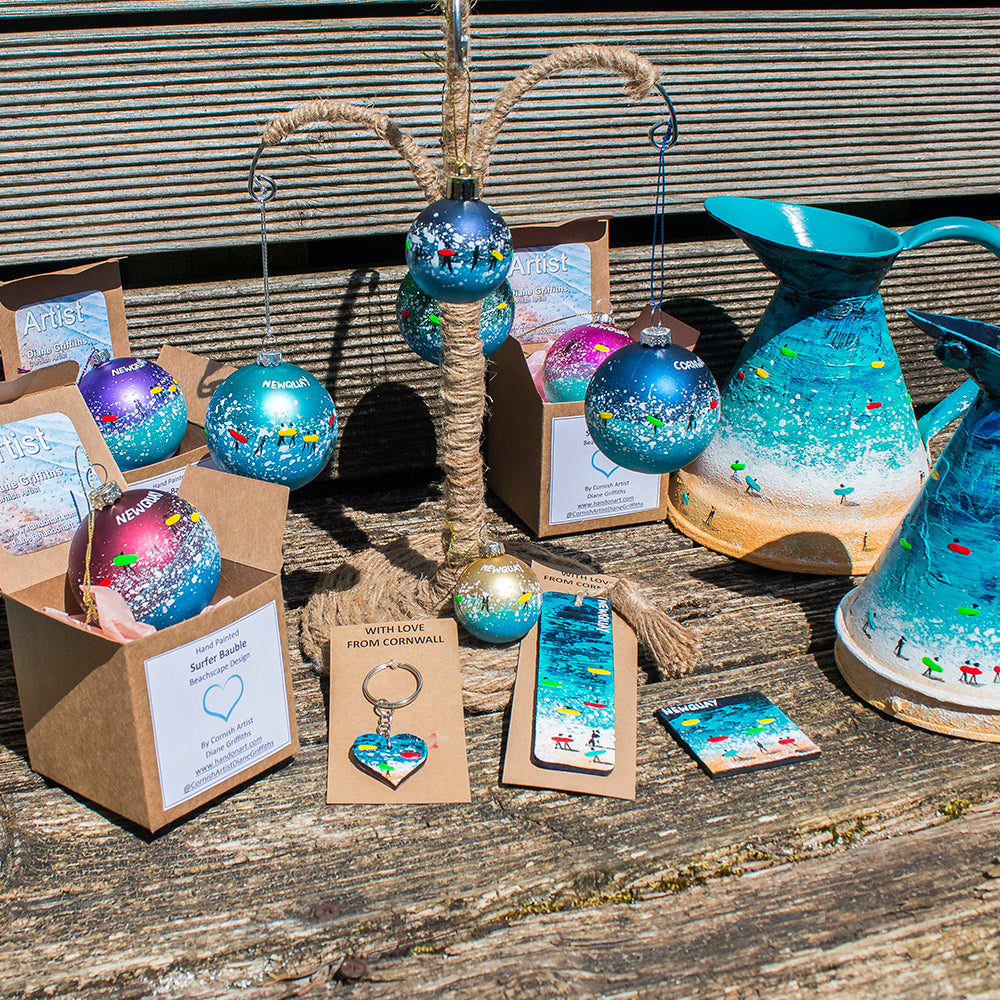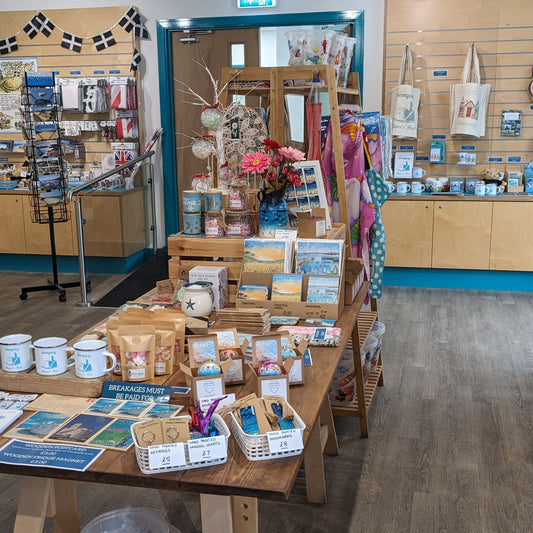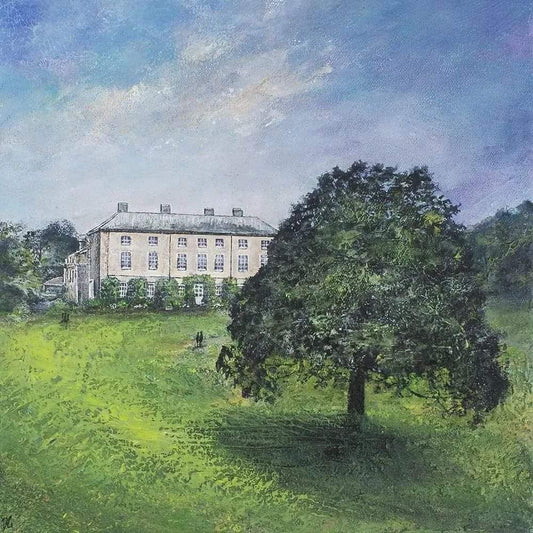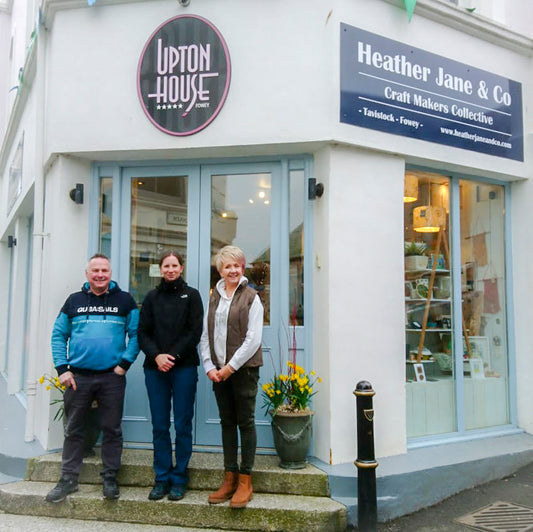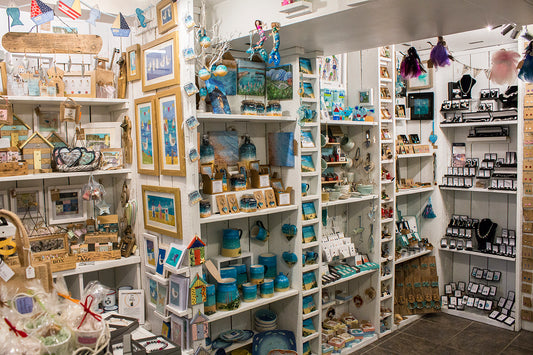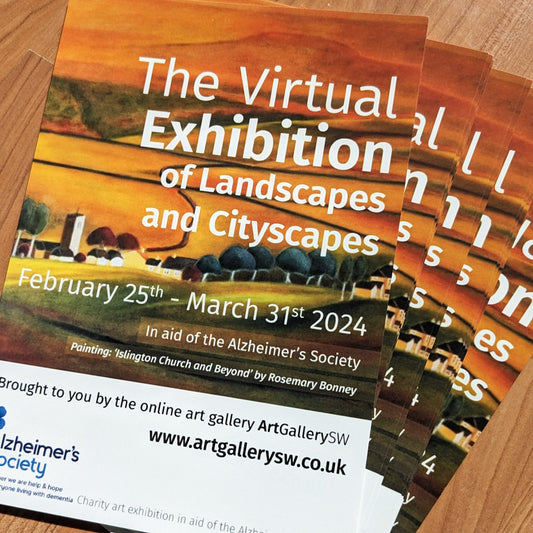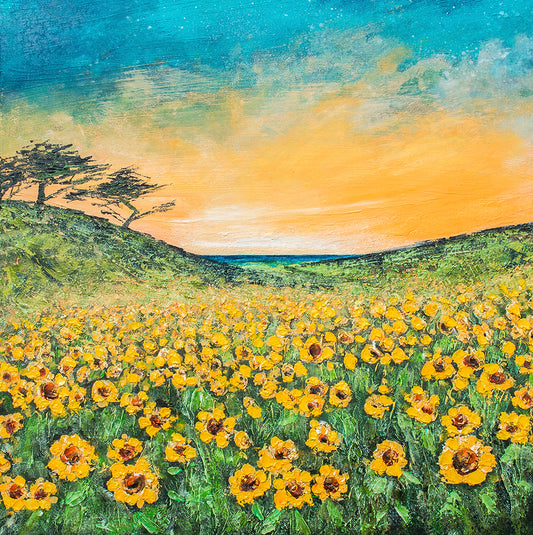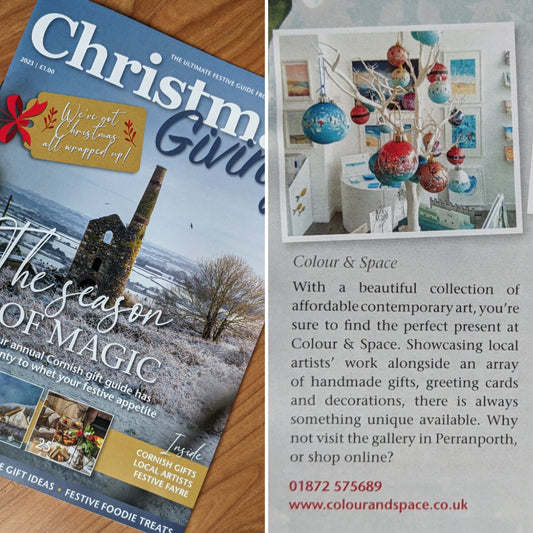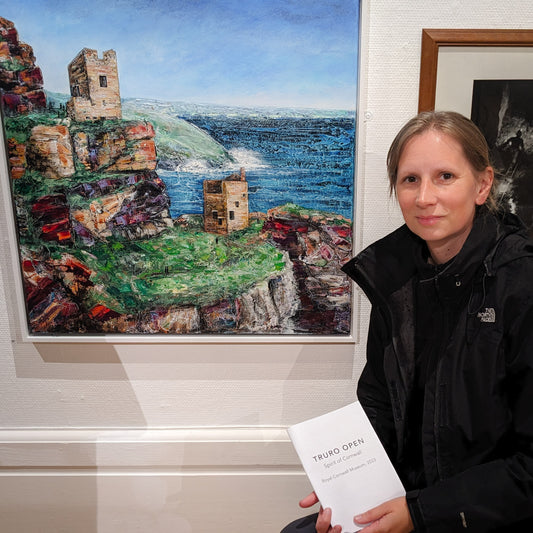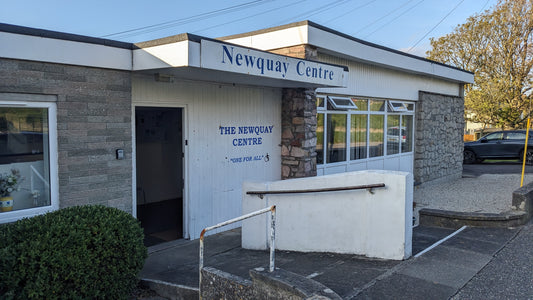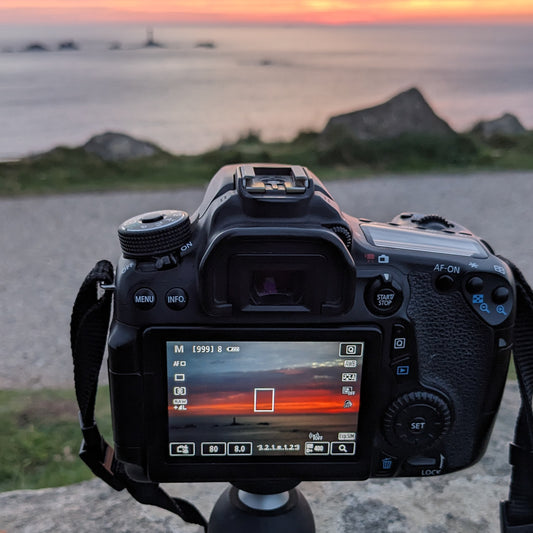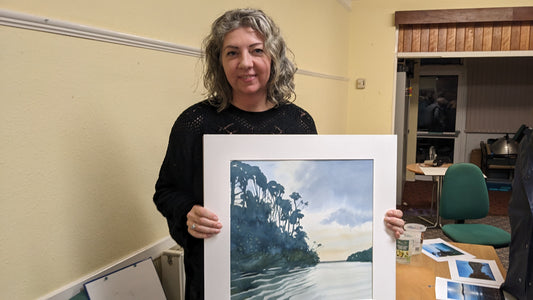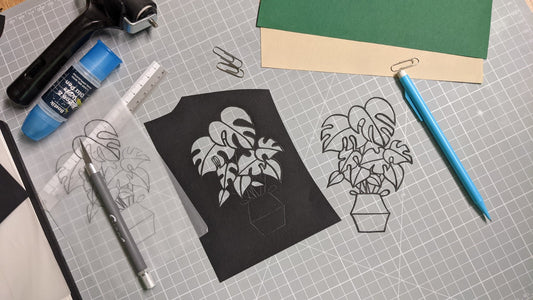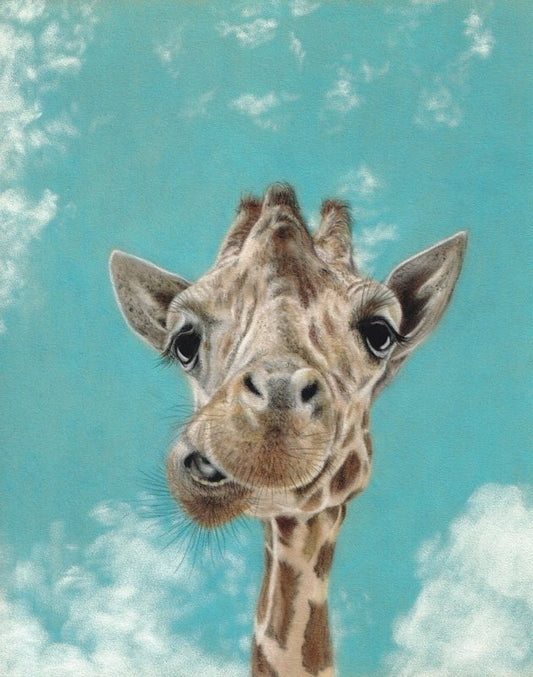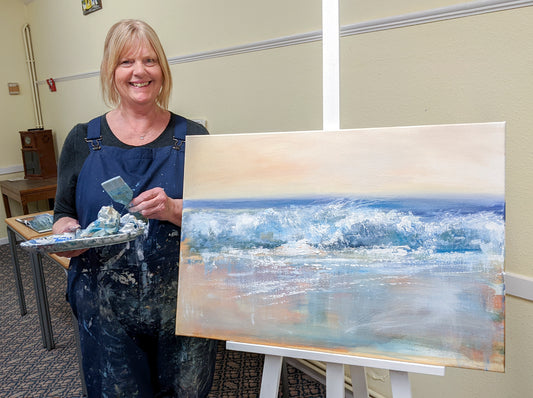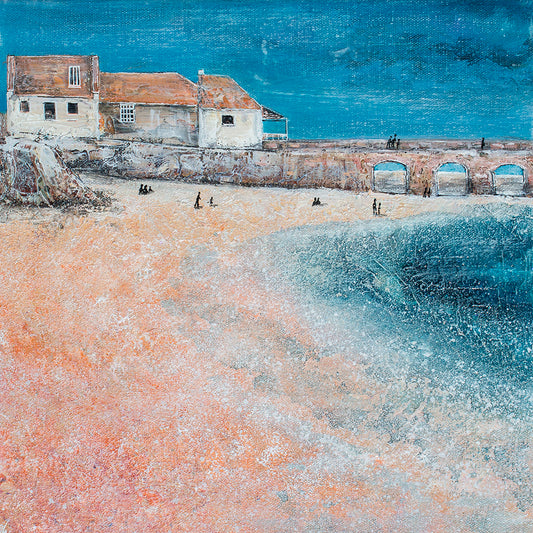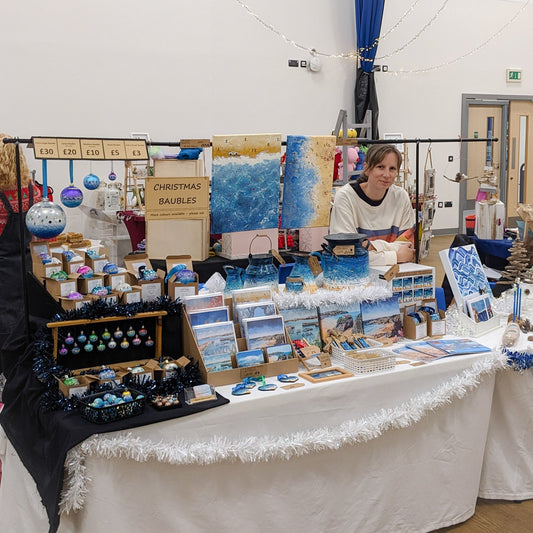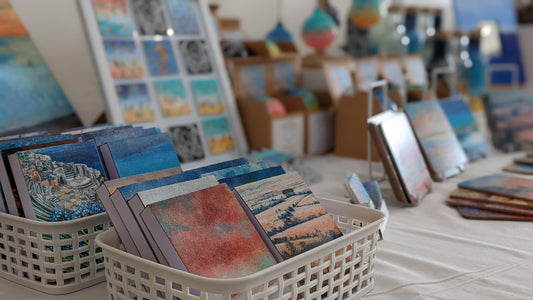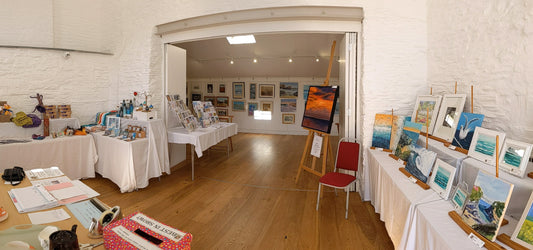It's Pastel Art, but not as you know it!
I was fortunate to attend demonstration with Cornish artist Tamsin Dearing during February as part of the Newquay Society of Artists calendar, after the demonstration I wanted to find out more.
This might be strange way to start a post on pastels, but to be completely honest, pastels aren't really what I consider to be my medium - I've always struggled with them, typically just creating a huge mess and blurred images. I love the colours but I hate the way I just smudged them and watched them fade.
However, during the demonstration I was about to learn a new way of working with pastels, a way which opened my eyes to a new possible.
As well as being wowed by the art I really enjoyed the demonstration; Tamsin is very personable and witty, so I wanted to find out more. I got in touch with Tamsin after the workshop with some burning questions. Read on to discover a unique insight into the world of a pastel artist.
1. Can you give me a bit of background about you and what lead you to creating Cornish art?
I am a Cornish artist and have lived in this beautiful county for most of my life – thanks Mum and Dad for making Cornwall my starting point in life. Art has always been something I enjoyed and would immerse myself in as a child, and creativity was a normal part of everyday life at home when growing up. Being an artist seemed very abstract as a job and not something I thought I could do, especially as I almost failed my GCSE – I was predicted an A grade and then awarded an E!
This really knocked my confidence at the time, and it was some years before I understood that neatly fitting the curriculum criteria is different to being skilled in a subject. I am happiest when teaching myself so I never studied art after school, preferring to draw for my own pleasure, and gradually finding what worked for me. I am very self-directed in these things - if I am not interested then I will not do it, after all art is meant to be fun.
So I focused on fine art pencil portraiture when all I saw around me was Cornish seascapes and paintings, working in monochrome primarily and in a representational style. I have always drawn first and foremost because I love it, so the fact that others enjoy my art too is a constant source of delight, but never the driving force behind my creativity.
Much of my portfolio is made up of images that excited me, and this has led in turn to a broad range of commissioned portraits over the years. Commissions are wonderful as they always test you in ways that you might not have chosen to stretch yourself, therefore improving my skills and at the same time working to create something of great importance for the client. Portraiture is a highly personal subject so there is an intimacy in spending so many hours focused on someone’s image, and it is always an privilege to undertake.
2. I attended one of your demonstrations at the Newquay Society of Arts in February which I enjoyed immensely.
You had a lot to tell and show us, I’ve got to be honest I had never heard of that paper before (what was it called again?) and it may have revolutionised my early pastel attempts, if only I had known! Perhaps one day I’ll give it another go.
I know you also do a lot of teaching, what do you find is your most useful or successful tip?
Thank you, I am delighted that you enjoyed the evening. I am always glad if I can share something new with fellow artists as there are as many ways to do things as there are creatives, so I like that we can be a source of inspiration to one another.
The paper I was using for my pastel demonstration is velour paper, it has a furry surface which allows many layers of pastel to be trapped amongst the hairs. I love how it makes for a really tactile process, and it suits my preference to layer colour rather than smudging to blend, which is more common as an approach with pastel.
My top tip, which goes for any artwork I am making, is to get your darks really dark. This is advice I was given years ago and I resisted it for some time, but now it has become my mantra as any of my students will attest to. I believe that high contrast really makes a picture, and when working on white paper the lightest value already exists, so find the darkest shadows and make them really dark to give yourself a full tonal range to work within. It always improves an image in my opinion.
3. I typically always think of pastel work and detail work as a bit of an oxymoron, I think that’s just from my experience of pastels!
How did you discover that actually it’s a match made in heaven?
When I started out with pastel I did not believe that I could or would work with it in a detailed way - this was to be my bold and loose medium. However after years of fine-tuning my motor skills and working as precisely as I could with pencil, being more expressive was a bigger challenge than I anticipated. You can achieve a surprisingly high level of detail with pastel blocks alone, and as velour paper holds the pigment in place, with a steady hand and a careful use of different edges of the pastel, you can be surprisingly accurate in your mark making.There is also the option to use pastel pencils which can create very fine lines, and with different supports like Pastelmat or a sanded paper, it is much like drawing with an ordinary pencil.
4. Is there an artwork you are most proud of and why?Each of my artworks has a particular importance for me, so there is no one portrait that I am most proud of, as at the time they were all the best I could do as the artist I was at that time.
Posturing Peacock of Pencarrow will always be in the top few though, as I drew this hilariously posed peacock from photographs I took whilst visiting Pencarrow House and Gardens here in Cornwall. The peacock was trying to make sense of me, and I was fascinated by him, and when reviewing the photos later at home I noticed that he had not moved his feet despite twisting his body into the most fabulous shapes.
This inspired the line up of the three poses, and it was a couple of years before I was confident enough working in coloured pencil to even begin trying to capture the incredible colours I saw. I am ever so proud of how this drawing turned out, and the memories attached from the family day out when the peacock and I first met make it all the more special for me.
5. This question is something that I’ve been pondering quite a bit myself at the moment – how do you know when a piece of art is finished?
I once heard an artist say that they know a picture is nearly finished when they fall out of love with it. This makes a lot of sense to me as there comes a point where I start thinking more about the portrait that I want to work on next, and feel like I have gotten about as far as I can do with the current picture.
I think as a representational artist this is easier than it would be if I worked in a more abstract way, as I know when I begin a drawing what I am aiming for. So I know I am finished when I reach the limit of my technical skill in improving it, and/or when it matches the image I have in my mind’s eye that I have been working towards.
6. Can you tell me a little more about what teaching/workshops that you offer?
What is the best method for people to get in touch with you?
I never intended to teach art, it was something that I fell into really as I ran a couple of workshops to share a bit of what I know about drawing. I figured that if I could teach myself, I could teach others too, and there seemed to be a generally accepted belief that art is something you are either able to do or not, which I have never believed myself.
From very humble beginnings in a local village hall, I soon found myself with a thriving business as an art tutor, travelling all over the South West teaching people of all ages, and absolutely loving the joy that discovering creativity brought to so many people. I am now at a point in my career where a different life/work balance is required, and I am returning to making more of my own art again as that had become secondary to teaching.
I currently run three weekly classes in Mid-Cornwall and offer some private tuition, though there is far more demand for tuition than I am able to fulfill myself. I advertise any workshops or classes that I am running on my website: www.tamsindearing.co.uk though these are minimal as I am looking forward to taking some creative time of my own to expand my portfolio and develop my own skills as an artist.
Conclusion
I really appreciate this insight into Tamsin's art. I particularly relish the little gem at the end of question 4. When I look at one of my paintings once it's finished, like Tamsin, it's a snapshot of a moment in time. It reminds me of what I was doing when I created the artwork, but also what I was doing and feeling, who I was with and the memories created when I saw the original subject matter.
I feel like I've had an insight into a new world of pastels; Tamsin can achieve with pastels the level of detail that I struggle to achieve with paint sometimes, but she has also given me a fresh view of the art process.
Velour paper! Who knew?!